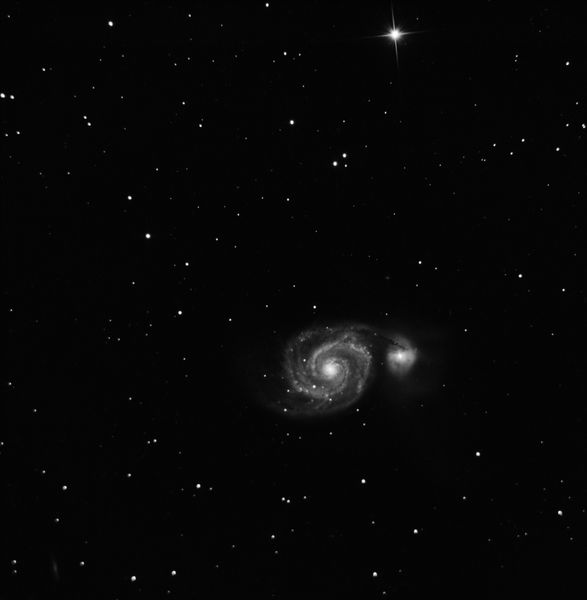The Latest Feedback on SV605MC
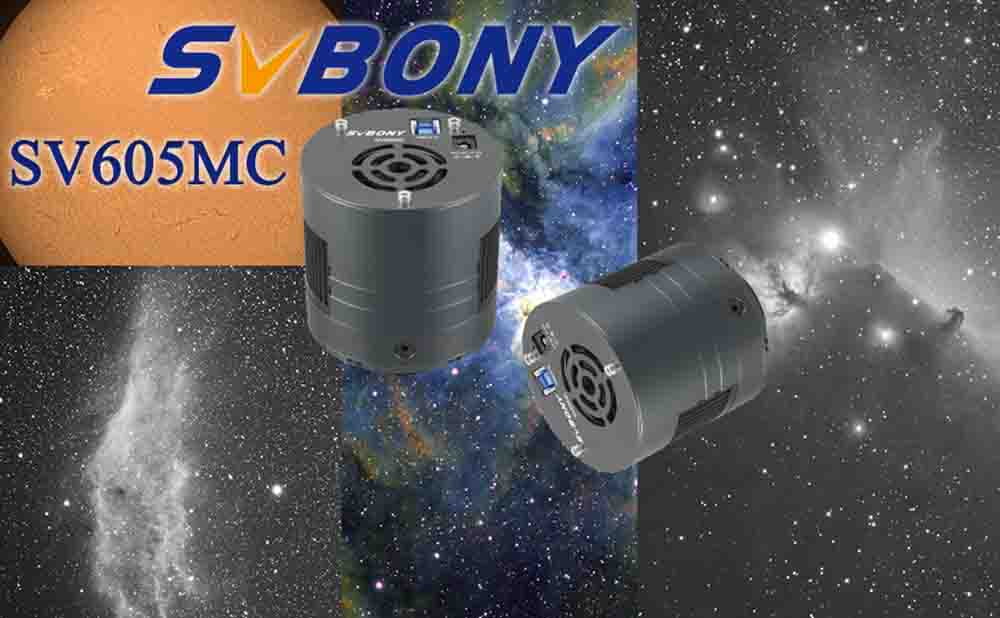
The Latest Feedback on SV605MC
SV605MC-Our first deepspace mono cooled camera, with a diagonal 15.968mm (Type 1)CMOS sensor with a mono square pixel array and 3.76μm x 3.76μm per pixel. The sensor incorporates a 14-bit A/D converter, the 14-bit digital output makes it possible to read out the signals of 9.07M effective pixels at a high speed of 20 FPS. Read-out noise is as low as 1.0e which makes sure the highly suitable for high definition.
A month ago, we launched the testing plan for SV605MC, and now we have started to receive feedback from customers, let us take a look at these early feedbacks, if you happen to be following them, then I hope the following comments will be helpful for you.
Steve Wainwright 
Click on an image to get a closer view. Implementing and testing a prototype SV605MC monochrome, cooled camera in AstroDMx Capture for Windows with an Altair Starwave ASCENT 60ED doublet refractor with an 0.8 reducer/flattener and an Altair quadband filter. Implementing and testing a prototype SVBONY SV605MC monochrome cooled camera.
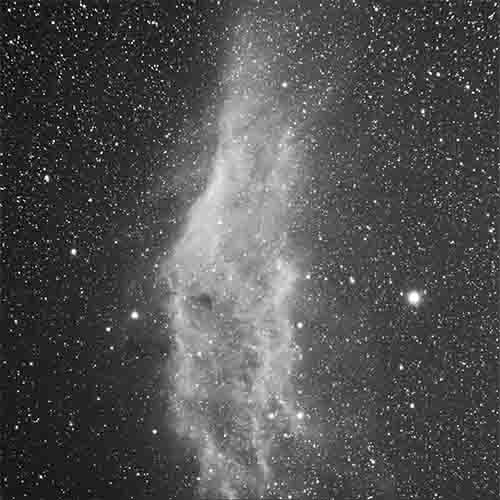
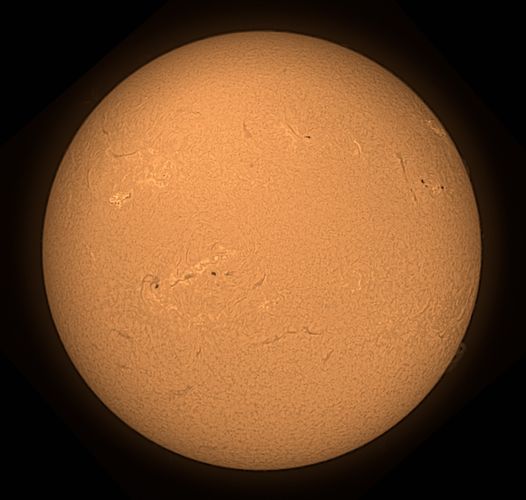
I finally got to use the sv605mc and tried to do a side by side comparison with the sv605cc camera. The monocam is really in a league of its own! in january i managed about 3 hours of exposure time with the sv605cc and day before yesterday I tested the monocam using only 20mins of integration time in each filter (Ha/SII/OIII) to try to get a comparable result using the monochrome camera vs the one shot color camera from SvBony. Apologies in advance for the slight out of focus image with the sv605cc as i only used a bahtinov mask for focusing, whereas in the mc camera i used HFR in nina to focus. The first one is with the osc camera and the second one is with the mc camera. The third one is with approx 3hrs of data.
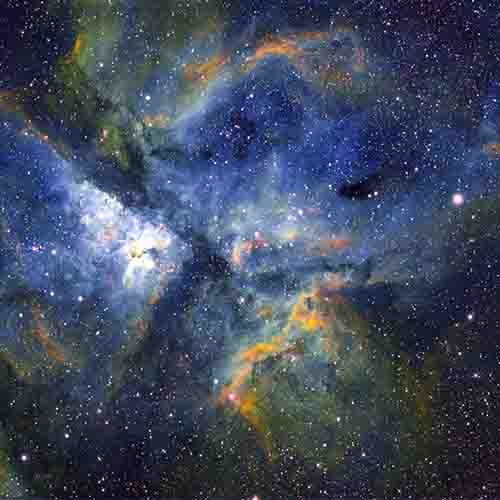
Edgar CR 
 .
.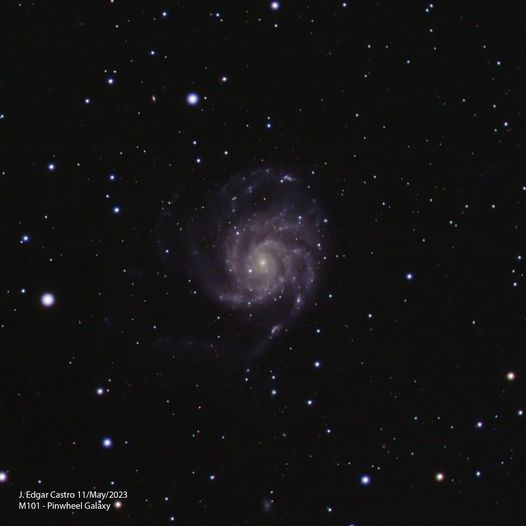
The above comments are just for reference. At present, we have also received feedback about the problem of banding in the camera. We are working with the development engineers to solve it. If there is a latest software update, we will let you know as soon as possible.





